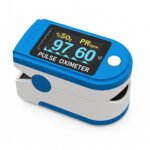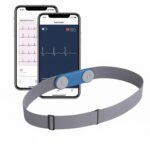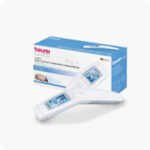Executive Summary
Bahamian healthcare providers still grapple with critical stock-outs five years after COVID-19. The root cause is not merely global scarcity but the country’s own procurement bottlenecks. This guide shows regulators, public buyers, and private-clinic managers where those bottlenecks form and how to clear them—well before the next hurricane makes landfall.
1. Why Procurement Still Fails Post-COVID
In 2025 a global PATH survey found nearly half of hospitals in low- and middle-income countries reporting inconsistent oxygen supplies. Bahamian facilities avoided the worst only by emergency imports that drove unit costs up by almost 40%. Supply shocks are now structural, rooted in geography and policy rather than one-off crises.
2. Regulatory Map: One Product, Four Gatekeepers
The Bahamas Ministry of Health & Wellness issues import permits; BBSQ enforces ISO 13485; CARPHA-CRS offers a 30-day fast-track for regionally approved devices; the Public Hospitals Authority (PHA) writes tender specs and audits deliveries. Submitting one ISO evidence packet to both BBSQ and CARPHA satisfies 80% of tender requirements nationwide.
3. The Logistics Funnel
- Factory → Miami consolidator — adds roughly US $900 in freight and handling per pallet.
- Ocean leg → Nassau — mis-classified HS codes can double duty.
- Family-Island trans-shipment — adds a week to lead time.
- Hurricane buffer — Dorian-era port closures proved that a single storm can freeze the chain for weeks.
4. Inside Public Tenders — Lessons from Past Disputes
- A 2014 multi-million-dollar single-supplier plan collapsed amid political outcry.
- A 2016 framework tender demanded unrealistic volumes.
- A 2013 forensic audit revealed a US $10 million inventory gap at Princess Margaret Hospital.
The pattern: specs and oversight mis-match real supplier capacity.
5. Click2Clear & Digital Customs
The Click2Clear single-window system slashes paperwork but raises the bar for data accuracy. Wrong HS codes, missing ISO certificates, or “freight-to-collect” invoices trigger costly holds.
6. Risk-Mitigation Checklist
- Production: dual-source through CARPHA-listed alternates.
- Transport: 30-day hurricane buffer stock.
- Customs: pre-alert HS code classification.
- Regulatory: track supplier certificate expiries.
- Tender: add opt-out clauses tied to spec changes.
7. Policy Recommendations for Regulators
- Adopt conditional CARPHA acceptance.
- Mandate 90-day hurricane reserves for priority items.
- Publish rolling tender calendars.
- Offer duty rebates on compliant local warehousing.
8. Conclusion & Action Toolkit
Synchronise ISO audits with CARPHA fast-track, digitise tender timelines, and insist on buffer stocks. Download the ISO 13485 checklist, schedule a pre-hurricane logistics audit, and sign up for CARPHA alerts today.






